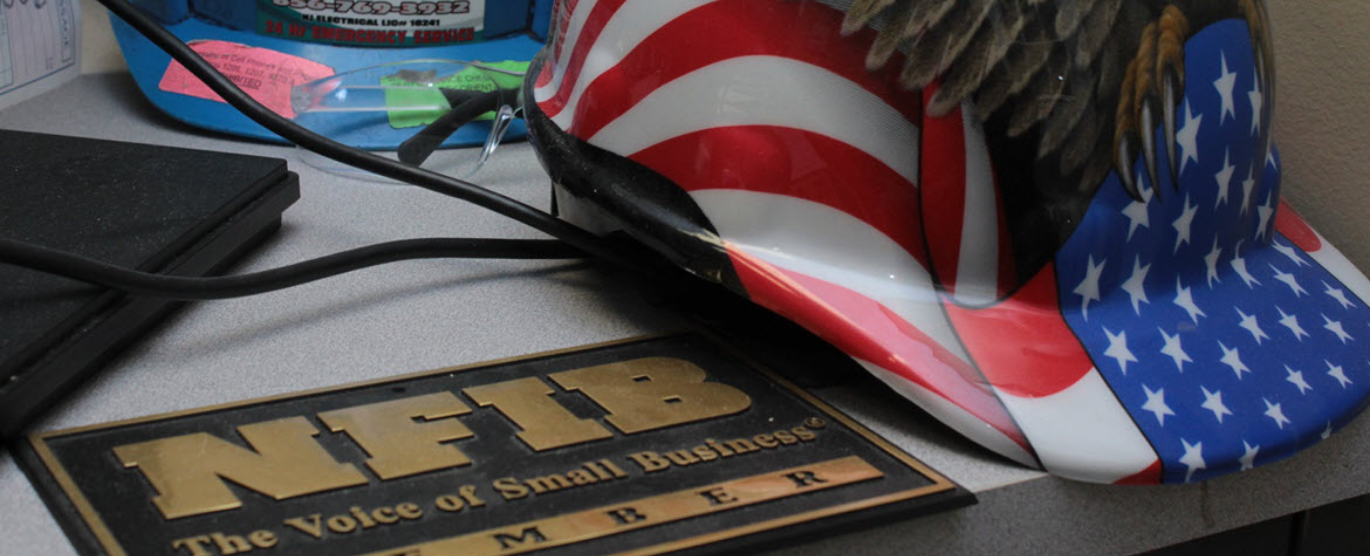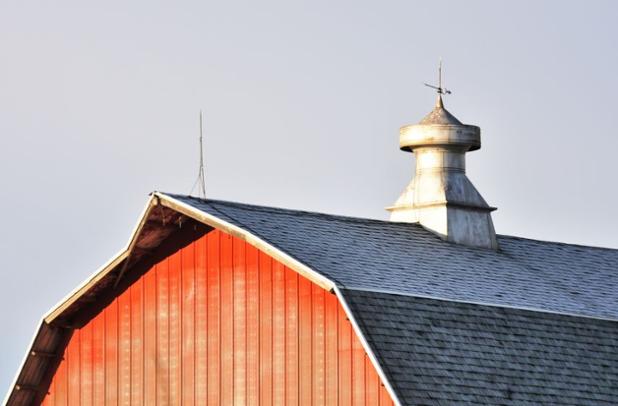Ever wonder how a lightning rod intercepts an electrical current from a lightning strike? From rods to arresters to hazards and myths, we’ve got curiosity covered—courtesy of StormHighway.com!
The Basics
Lightning rods—alternatively known as “air terminals”—are divided by three separate components:
- The Rod: a vertical extension designed to transfer an electrical discharge to…
- The Conductor Cable: a thick metal cable that traces the frame of a building and safely carries an electrical current to…
- The Ground Rod: a long metal bar buried deep underground that completes a safe path for a current to travel.
The Hazards
Fires: uncontained currents can spark a fire via flammable objects such as: wooden infrastructures, insulation, gas pipes, wiring, etc.
Side flashes: a “side flash” occurs when an electrical current leaps from one object to another. An example would be someone taking refuge under a tree. If struck, the electrical discharge can leap from the trunk to the person.
Physical damage: shockwaves generated by a lightning strike have enough power to blow out portions of walls, disintegrate concrete and plaster, and even shatter windows.
Electrical damage: electronics and appliances are highly susceptible to damage during a discharge of lightning. Items like: televisions, computers, phones, microwaves, lamps, washers, etc.
The Myths
Myth № 1: Lightning rods attract lightning.
Truth № 1: Actually, lightning rods do nothing to influence the direction of lightning. They are solely designed to guide it to ground when struck.
Myth № 2: Lightning never strikes the same place twice.
Truth № 2: Never say never! Although unlikely, lightning can (and has!) struck the same place twice during a single storm.
Myth № 3: Lightning only strikes the highest point.
Truth № 3: If you have no lightning arrester and think you’re safe because your neighbors’ homes are taller, think again. Lightning is attracted to the path of least resistance. This means your lower roof is as likely to be struck as your neighbors’.
For information on lightning rod installation and servicing, call Eric Krise Electric at 856.769.3932




